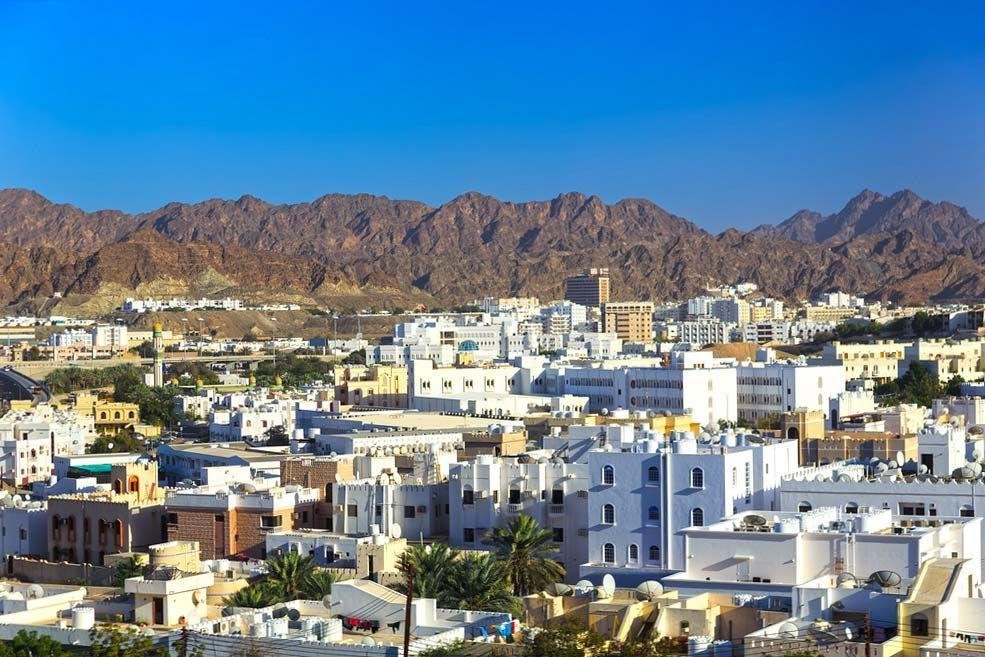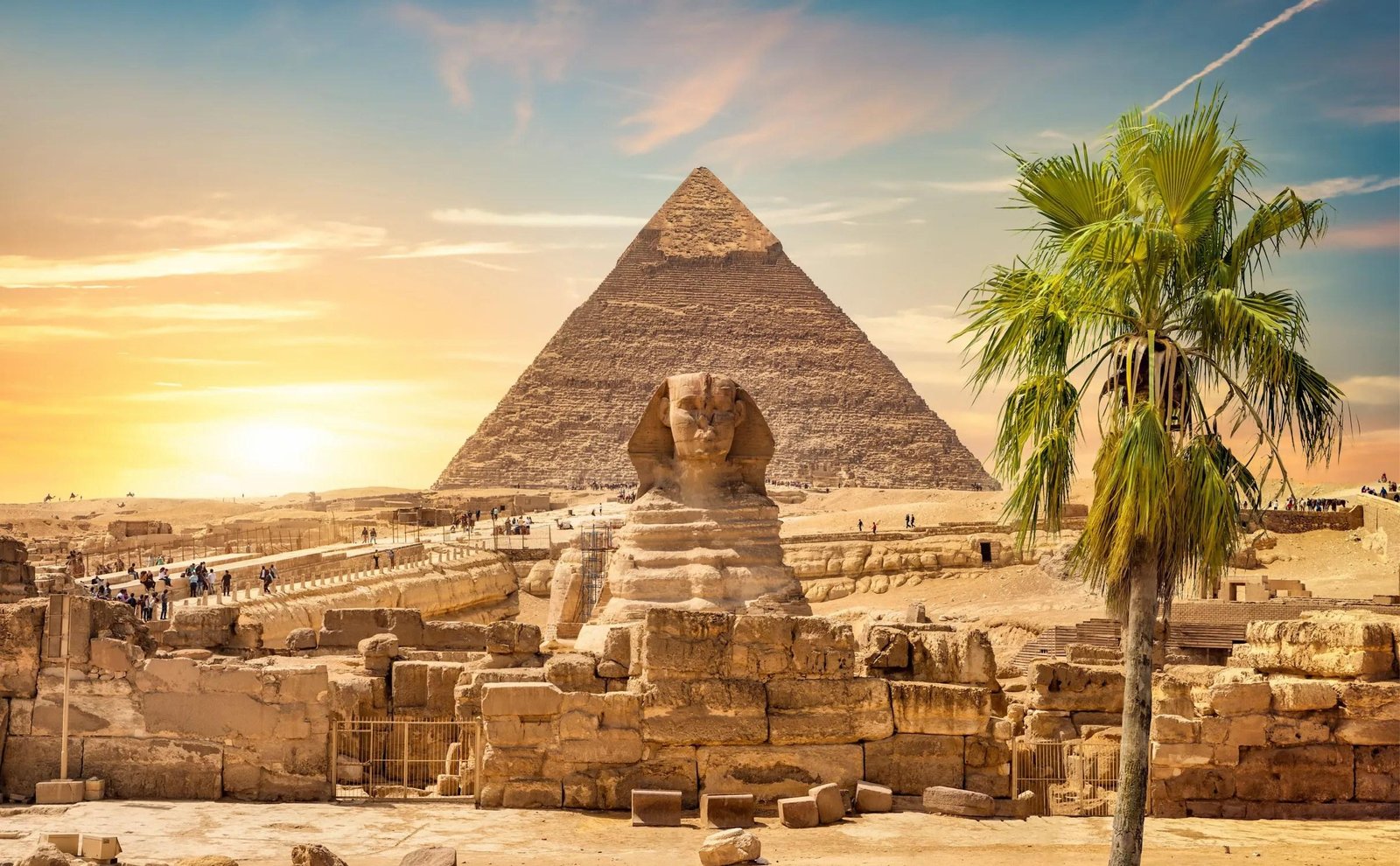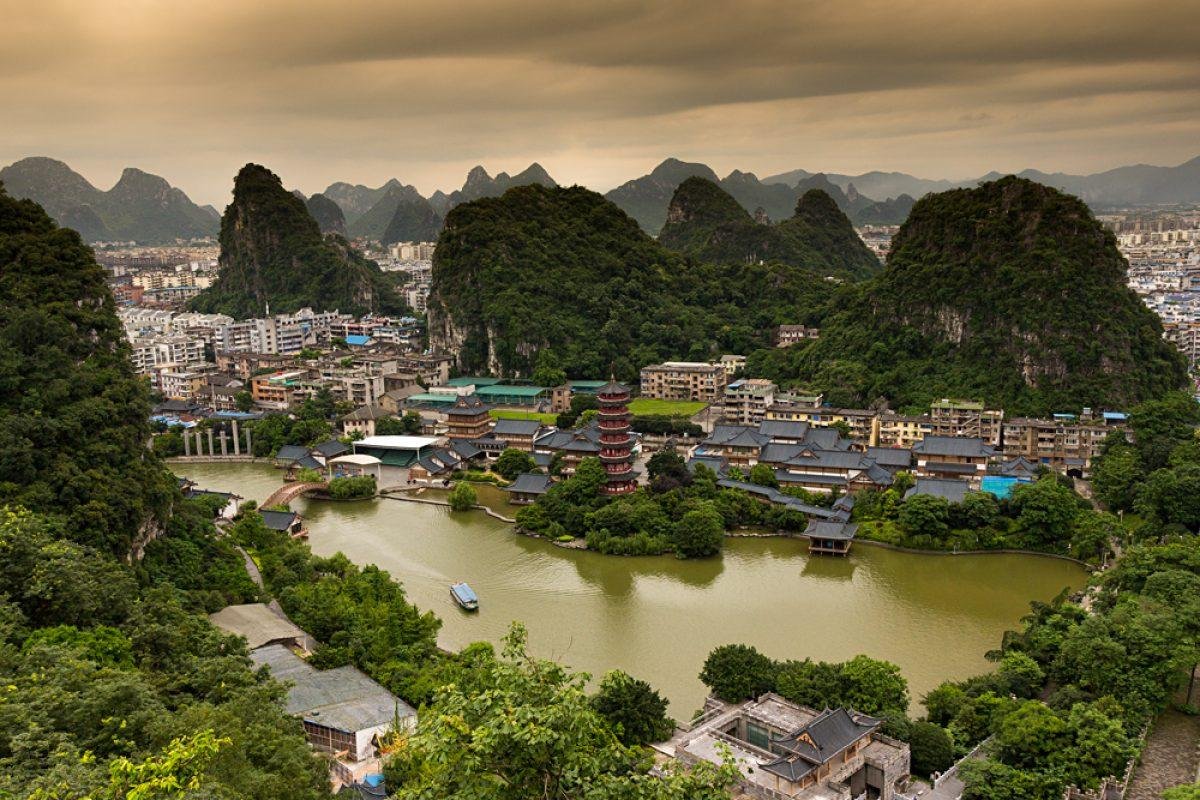Muscat, the capital city of Oman, is a captivating blend of traditional Arabian architecture and modern design, reflecti...
The Architectural Majesty of Mecca, Saudi Arabia
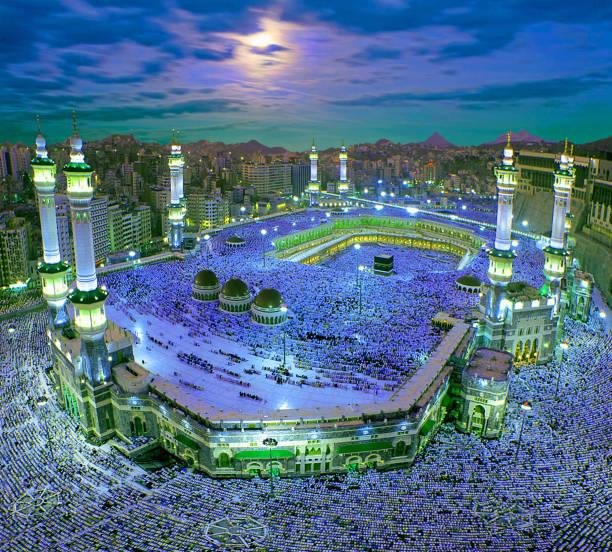
Mecca, the holiest city in Islam, is renowned for its rich architectural heritage and modern developments that cater to millions of pilgrims who visit each year for the Hajj and Umrah. The city's architecture is a blend of traditional Islamic design and contemporary innovations, reflecting its historical significance and dynamic growth.
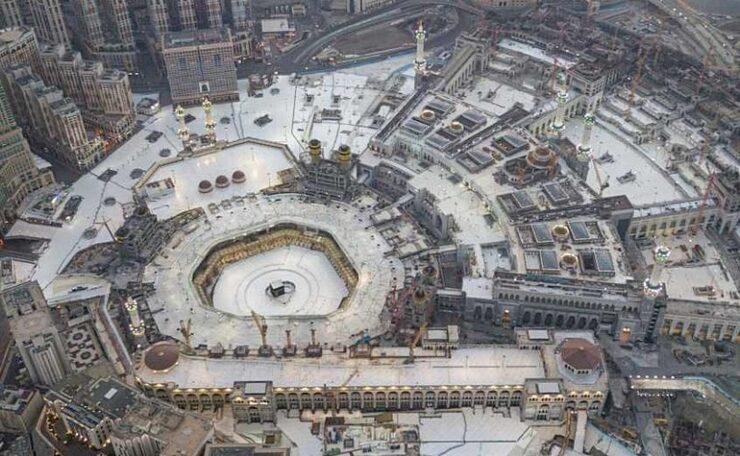
At the heart of Mecca lies the Masjid al-Haram, the largest mosque in the world, encompassing the Kaaba, the sacred structure that Muslims face during their prayers. Originally built in the 7th century, the mosque has undergone numerous expansions and renovations, resulting in a magnificent complex that can accommodate over two million worshippers. The mosque's architectural features include stunning minarets, vast courtyards, and intricate tile work, showcasing the artistry of Islamic architecture. The iconic black and gold Kiswah, the silk covering of the Kaaba, adds to the spiritual atmosphere of the site.
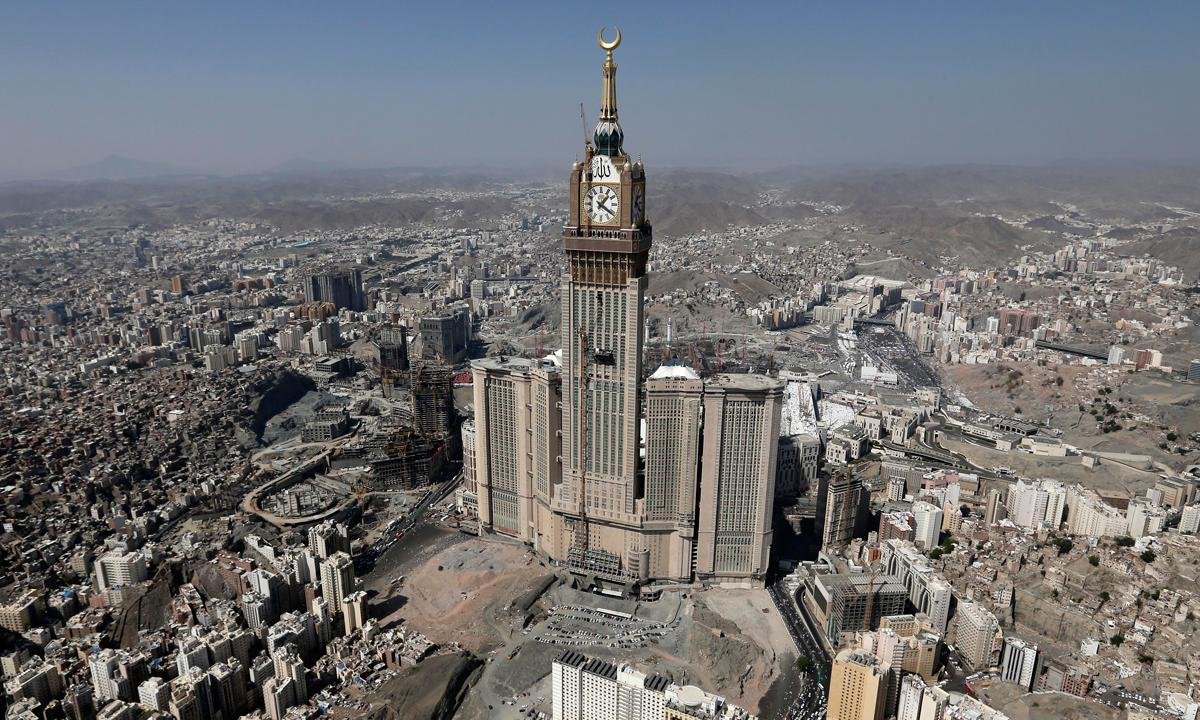
Adjacent to the Masjid al-Haram is the Abraj Al Bait Towers, a prominent feature of Mecca's skyline. Completed in 2012, this complex includes several luxury hotels, shopping centers, and the Clock Tower Museum. Standing at 601 meters, the Abraj Al Bait is one of the tallest buildings in the world. Its Islamic architectural design incorporates traditional motifs and modern materials, creating a striking juxtaposition against the historical context of the city. The clock tower is a remarkable feature, with its large clock face visible from miles away, symbolizing the centrality of Mecca in the Islamic world.
The city's architectural landscape also includes numerous other mosques and religious sites that reflect the region's history. The Mosque of Jinn, located near the Kaaba, is believed to be the place where the Jinn, supernatural beings in Islamic tradition, accepted Islam. The mosque's design features simple yet elegant elements, emphasizing its spiritual significance.
Mecca's architecture is not solely focused on religious structures. The city has seen considerable urban development in recent decades, with modern residential and commercial buildings emerging to accommodate the growing population and influx of pilgrims. The city's infrastructure has been enhanced with wide roads, transportation hubs, and public services to facilitate the movement of millions of visitors.
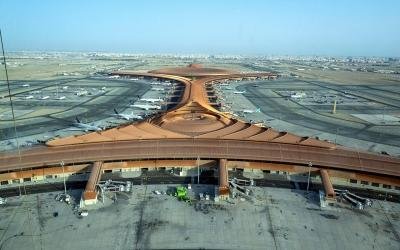
The King Abdulaziz International Airport serves as the main gateway for pilgrims arriving in Mecca. The airport features a modern design with efficient facilities to handle the large number of travelers. Its architecture reflects contemporary trends, emphasizing functionality while providing a welcoming atmosphere for visitors.
In addition to its architectural prowess, Mecca is known for its cultural and historical significance. The city is home to numerous museums and cultural centers that showcase its rich heritage. The Mecca Museum, housed in a beautifully restored building, features exhibits on the history of Islam, the significance of the Kaaba, and the development of Mecca over the centuries. The museum's design preserves traditional architectural elements, providing a glimpse into the city's past.
The historical districts of Mecca also offer a look at traditional architecture. The Al-Otaibah neighborhood is known for its old houses, constructed from local materials such as stone and mud. These structures feature intricate designs, including decorative wooden doors, carved window frames, and ornate balconies, reflecting the craftsmanship of local artisans. Walking through these narrow streets evokes a sense of history and cultural identity.
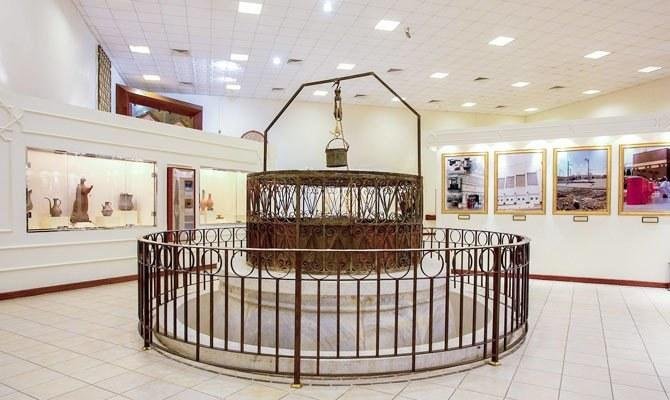
One of the most significant architectural elements in Mecca is the Zamzam Well, located within the Masjid al-Haram. This sacred well, which is believed to have been miraculously provided by God, has been a source of water for pilgrims for centuries. The area around the well is designed to accommodate the large number of visitors, with elegant marble and glass structures ensuring accessibility while preserving the sanctity of the site.
The integration of modern technology in Mecca's architecture is evident in the use of advanced construction techniques and materials. The new developments prioritize sustainability and energy efficiency, reflecting a commitment to environmental responsibility. The Masjid al-Haram, for example, has been equipped with a state-of-the-art cooling system to ensure the comfort of worshippers during the hot summer months.
The architectural identity of Mecca is also influenced by its status as a global pilgrimage destination. The city attracts millions of Muslims from around the world, resulting in a diverse cultural exchange that is reflected in its architecture. This international influence is evident in the designs of hotels and commercial buildings, which often incorporate elements from various cultures while maintaining a distinctly Islamic character.
The city is also home to several educational institutions that contribute to its architectural landscape. The University of Umm al-Qura, one of the oldest Islamic universities in Saudi Arabia, features modern campus buildings designed with a focus on functionality and aesthetics. The architecture of the university incorporates traditional Islamic motifs, creating a harmonious blend of contemporary and cultural influences.
As Mecca continues to develop, the preservation of its architectural heritage remains a priority. Local authorities work to maintain historical sites and ensure that new developments respect the city’s unique character. This commitment to preservation is evident in ongoing restoration projects aimed at safeguarding traditional buildings and cultural landmarks.
Mecca’s architecture is not only a reflection of its religious significance but also a testament to the resilience and determination of its people. The city has faced various challenges throughout its history, including natural disasters and rapid urbanization. Despite these challenges, Mecca has managed to preserve its identity while adapting to the needs of a modern society.
The architectural landscape of Mecca is also shaped by the local community's values and traditions. The warm hospitality of the citizens is echoed in the design of public spaces, where locals and visitors can gather and share experiences. Parks, gardens, and recreational areas are designed to foster social interaction and community engagement, enhancing the overall quality of life for residents and pilgrims alike.
In conclusion, the architecture of Mecca, Saudi Arabia, is a captivating blend of historical significance and modern innovation. From the majestic Masjid al-Haram and the towering Abraj Al Bait to the charming traditional neighborhoods and cultural institutions, the city showcases a diverse array of architectural styles that reflect its rich heritage and dynamic growth. The intricate details of historical buildings, the commitment to sustainability in modern developments, and the integration of technology all contribute to the unique character of this sacred city.
As visitors explore the architectural wonders of Mecca, they are transported through centuries of history, experiencing the layers of culture that have shaped this remarkable place. Each structure tells a story, revealing the aspirations and achievements of the people who have called Mecca home throughout the ages. With its stunning architecture and vibrant atmosphere, Mecca continues to captivate the hearts of all who visit, inviting them to discover the rich narratives woven into its urban landscape. The seamless integration of tradition and modernity ensures that Mecca remains a fascinating destination for those seeking to experience the beauty and complexity of its architectural heritage.
Share:

